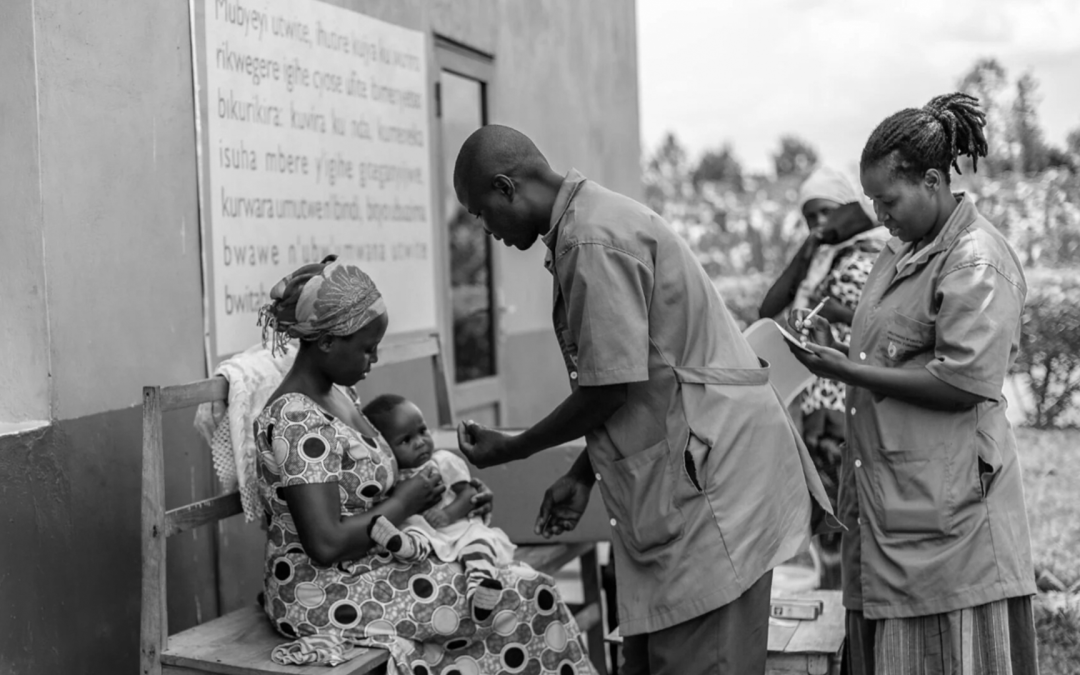The World Health Organization (WHO) has recently unveiled its 2023 global health expenditure report, a comprehensive analysis offering unprecedented insights into the dynamics of global health spending amid the challenging backdrop of the COVID-19 pandemic. Released in anticipation of Universal Health Coverage (UHC) Day, the report delves into the staggering figures, emphasizing the critical need for sustained investments in health.
Unprecedented Heights: Global Health Spending Surpasses $9.8 Trillion
In a revelation that underscores the magnitude of commitment to public health, the report discloses that global spending on health soared to a record $9.8 trillion in 2021, constituting 10.3% of the global gross domestic product (GDP). This landmark achievement, however, brings to light the persistent issue of disproportionate spending, with low-income countries receiving a mere 0.24% of the global health expenditure.
A Global Call: Investments in Health Must Persist
While the report reflects the commendable prioritization of public health during the pandemic, it issues a stark warning. The unprecedented growth in public spending on health witnessed in 2021 is unlikely to be sustained. Countries, grappling with economic priorities such as slowing growth and rising debt, are poised to shift their focus, potentially jeopardizing the progress made in healthcare.
Dr. Bruce Aylward, WHO Assistant Director-General for Universal Health Coverage, emphasizes the urgency of sustained public financing for health. This need becomes even more pronounced in the face of multifaceted challenges like the climate crisis, conflicts, and other complex emergencies. The call is clear: resilient health systems are imperative to protect people’s well-being in times of unprecedented shocks.
Insights into Health Service Providers: Patterns Unveiled
The report draws on disaggregated spending data from 50 countries, unraveling patterns in spending by health service providers. Hospitals, ambulatory care providers, and pharmacies emerged as the primary beneficiaries, accounting for 65%-84% of health spending across income groups. Notably, spending by preventive care providers exhibited more rapid growth than other service providers.
Pandemic-Driven Adaptations: Evolution in Service Delivery
The dynamic nature of the pandemic prompted countries to adapt their service delivery mechanisms to navigate the demands of battling COVID-19 while sustaining essential services. A noteworthy shift was observed in high-income countries, where pharmacies were increasingly utilized to deliver preventive care services, showcasing the adaptability of healthcare systems in the face of adversity.
Health Capital Investments: A New Horizon
A groundbreaking facet of the report delves into health capital investments, essential for the sustained functionality of health systems. In contrast to day-to-day consumption reflected in current health spending, capital investments create enduring assets, including buildings and equipment. The pandemic witnessed a surge in capital investments across income groups, with low-income countries experiencing a notable increase in machinery and equipment spending.
Hospitals emerged as the primary recipients of these capital investments, constituting over half of all reported investments in all income groups. Government spending played a pivotal role in driving health capital investments, underscoring its significance in fortifying healthcare infrastructure. However, the report highlights the exception of low-income countries, where government and external health aid played a crucial complementary role.
Data as the Catalyst: A Plea for Improvement
WHO’s commitment to transparency and accountability is evident through the Global Health Expenditure Database (GHED), considered a global public good. Providing strategic information for policy development, national planning, and monitoring, the GHED covers over 190 countries, with data tracing back to the year 2000.
Recent expansions in the database include spending categorized by health care functions, primary health care (PHC) spending in approximately 100 countries, and health expenditure by disease for specific nations, primarily in low- and middle-income brackets. A groundbreaking addition to this year’s report is health expenditure data by health care provider, offering a nuanced understanding of resource flows.
The report calls for concerted actions to enhance data quality, availability, and timeliness. The institutionalization of health accounts practices aligned with the global standard for the System of Health Accounts framework is deemed imperative at the country level.
Conclusion: Charting the Course for Equitable Global Health
As nations navigate the complexities of a post-pandemic era, WHO’s 2023 global health expenditure report serves as a compass, guiding policymakers, and stakeholders. The imperative of sustained investments in health, coupled with a commitment to transparency and improved data practices, emerges as the cornerstone for achieving universal health coverage. The journey toward equitable global health demands unwavering dedication, resilience, and a collective commitment to prioritize the well-being of communities worldwide.

Erin Balsa is a highly skilled and knowledgeable health journalist with a passion for educating the public on important health and wellness topics. With extensive experience in both traditional and digital media, Erin has established herself as a trusted voice in the field.

